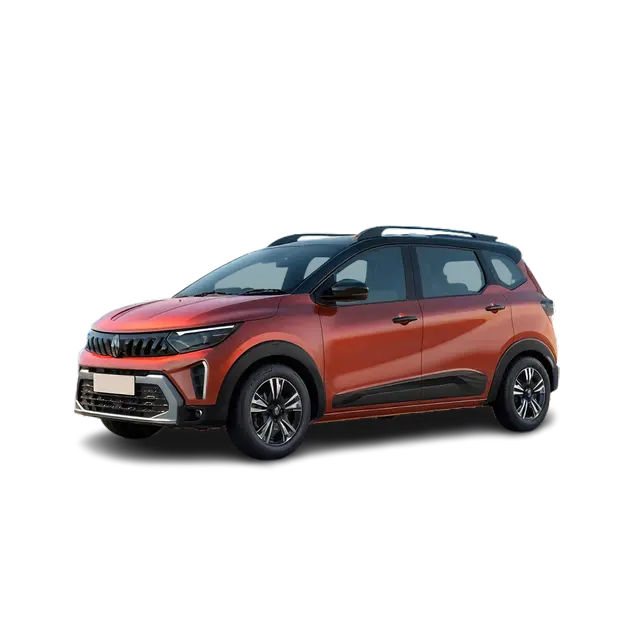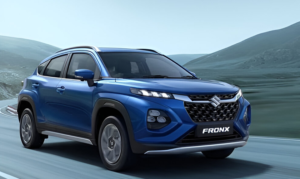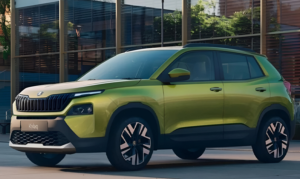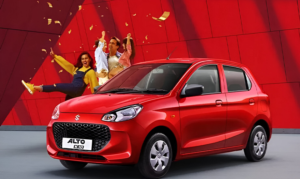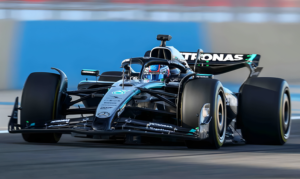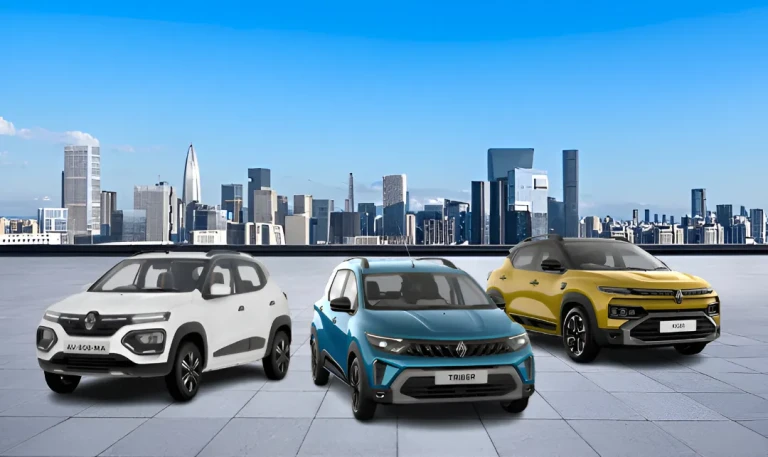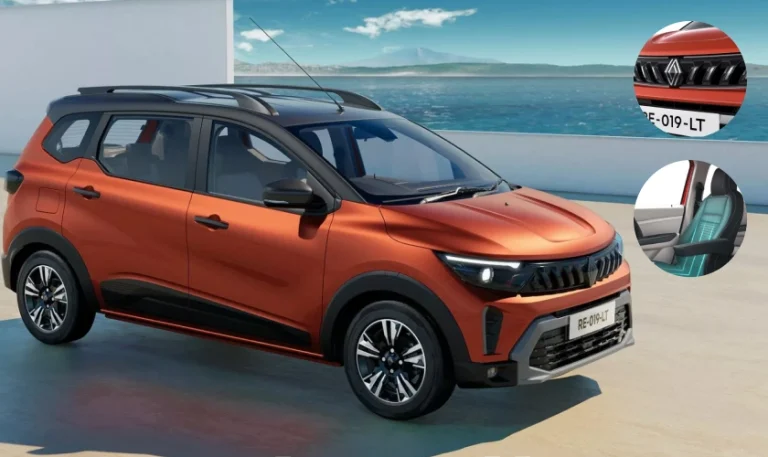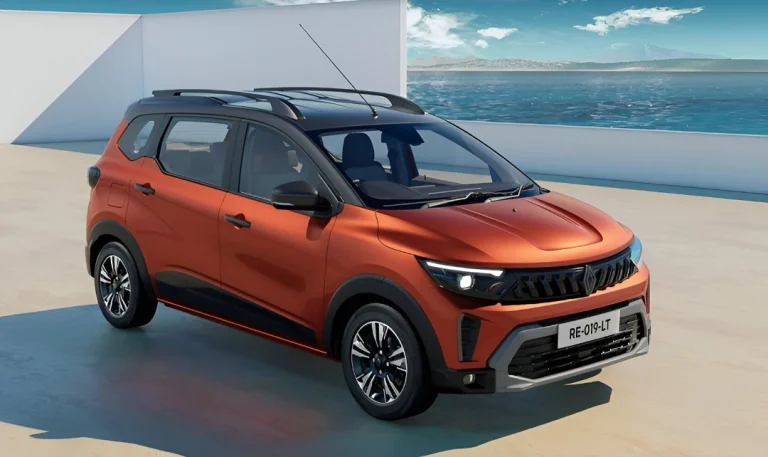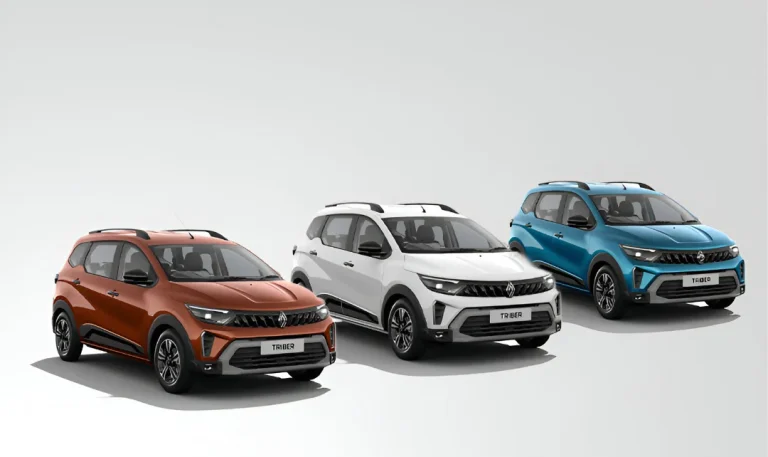Ethanol Blended Petrol Raises Questions for Renault Triber 2022 Owners
- Renault confirms 2022 Triber not tested for E20 fuel.
- Owners face confusion over petrol options and compatibility.
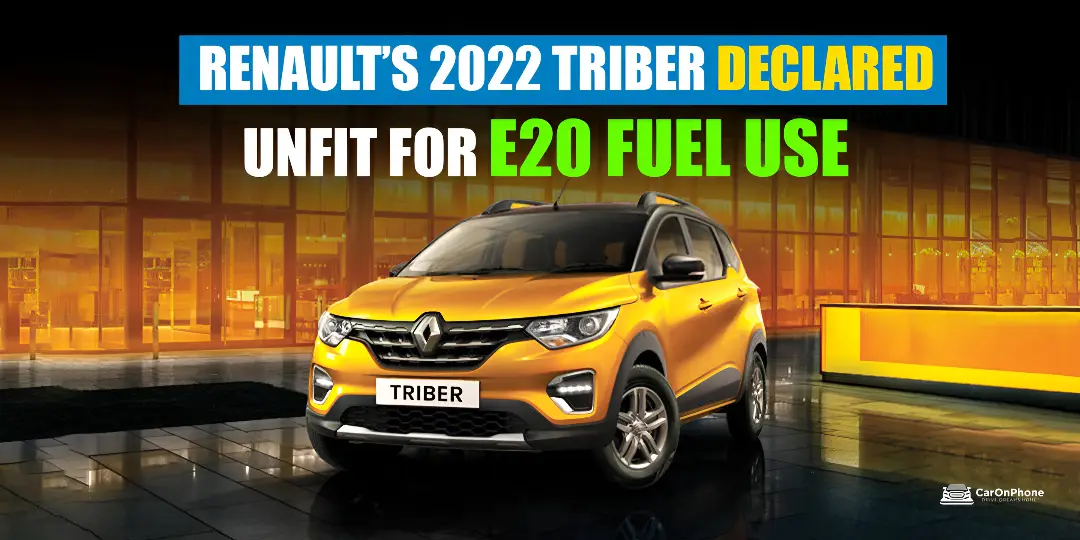
The Government of India has been strongly pushing the switch to E20 petrol (a mix of 20% ethanol with petrol). The idea behind this move is clear – reduce oil imports, save foreign exchange, and lower pollution levels. On paper, it looks like a smart, long-term plan. But in reality, many car owners are worried, especially those whose cars were built before the official E20 rollout.
A recent case has brought this problem to light. A 2022 Renault Triber owner asked Renault India’s customer care team whether his car was safe to use with E20 petrol. The company’s official response was straightforward: the 2022 Triber was not tested with E20 fuel, and therefore using it is not recommended. Renault also warned that filling E20 in this model could damage the engine and other parts.
Catch the latest launches and updates on CarOnPhone!The Consumer Dilemma
This reply highlights a much larger issue. Many cars sold in India before April 2023 were not certified as E20-ready. In fact, several automakers had earlier confirmed that only models produced after April 2023 were built to handle E20 fuel. That leaves a huge number of vehicles – some just one or two years old – stuck in an uncertain situation.
The problem becomes bigger because fuel stations across the country are quickly shifting from E10 (10% ethanol mix) to E20. For many owners, there may soon be no choice but to use E20, even if their cars were never designed for it. This situation raises important questions:
- Who is responsible if an older vehicle faces engine trouble or higher repair costs because of E20 fuel?
- Will carmakers provide solutions, like retrofitting, or will consumers have to bear the full cost?
- Did the government move too fast with this transition, without giving clear guidance for older cars?
Renault’s Reply And Industry Concerns
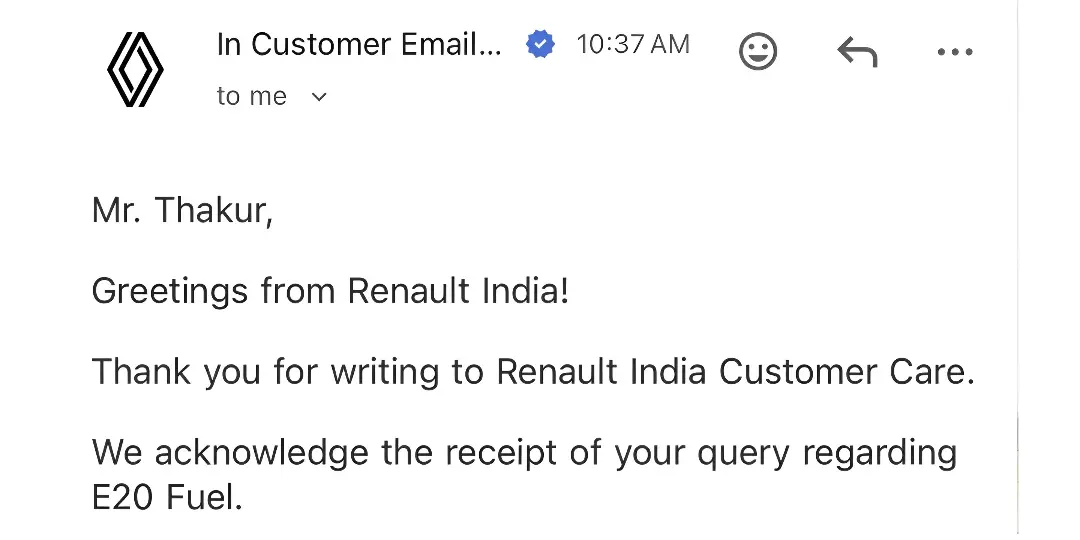
Renault’s answer to the Triber owner is not an isolated case. Other manufacturers have also advised owners of older cars to be careful with E20 fuel. The main reason is that vehicles built before the E20 deadline did not go through official tests. Without this testing, automakers cannot guarantee that the car will perform well or stay reliable on E20.
This also has warranty implications. If an engine fails due to E20 usage in a non-compatible car, manufacturers may refuse warranty coverage. That leaves the repair costs with the customer.
Experts have pointed out that running cars on E20 requires changes in both engine design and fuel system materials. Components such as fuel pumps, injectors, and rubber parts need to be resistant to higher ethanol content. Older cars do not have these upgrades, making them more likely to face problems like rust, leaks, or reduced performance.
The Bigger Picture
While the ethanol program supports India’s green goals, it is creating new challenges for owners of fairly new vehicles. People who bought cars in 2021 or 2022 now face doubts about how long their vehicles will last if they are forced to use E20.
Unless there is a clear action plan, this gap between policy and consumer reality could get worse. Owners need:
- Clear guidelines from the government on how older cars should manage the transition.
- Support from carmakers, either through technical updates or warranty coverage.
- Better fuel availability, with both E10 and E20 options during the shift period.
Without these steps, millions of Indian car buyers may end up paying the price of a quick policy rollout, even though they bought their cars only a short time ago.
Tags:
CarOnPhone is your one-stop destination to see all upcoming cars, latest cars, released cars, and EV Cars, and compare Cars in all Car Brands. Stay tuned and follow us to update yourself on the automotive world.

